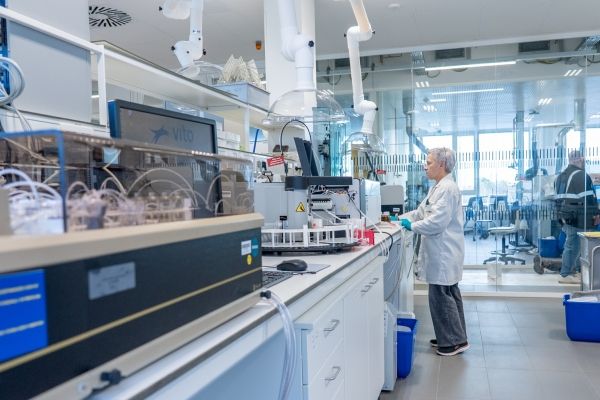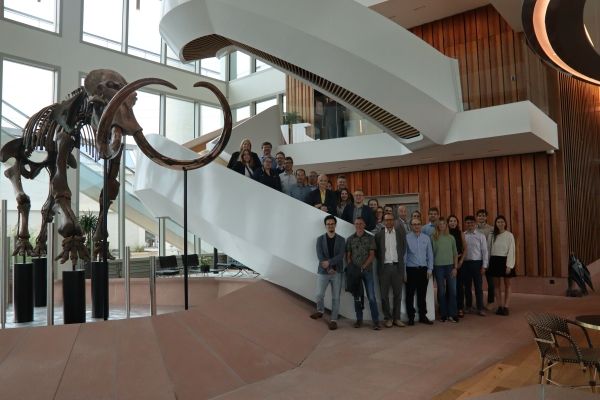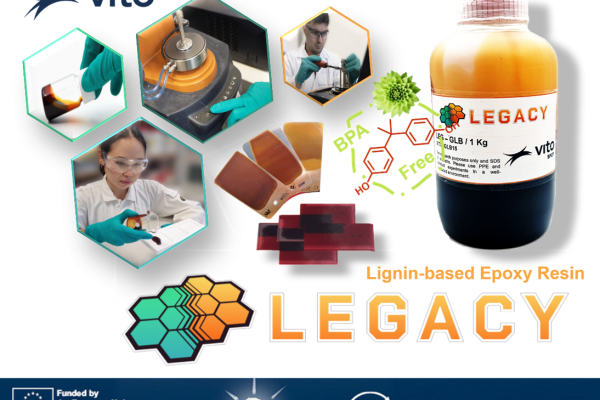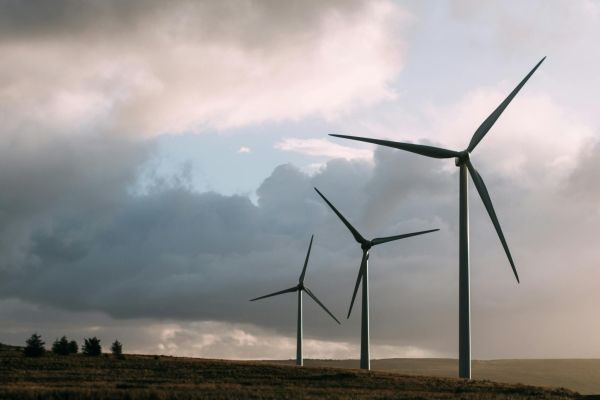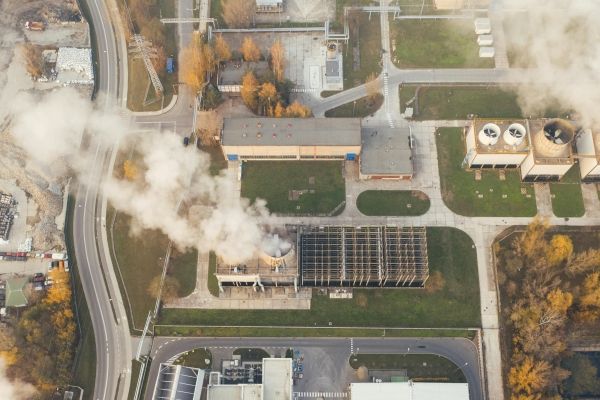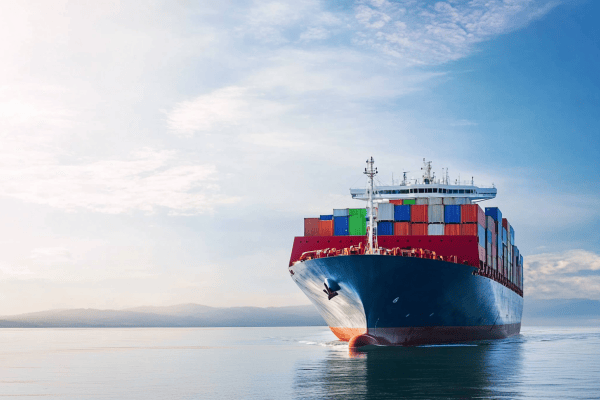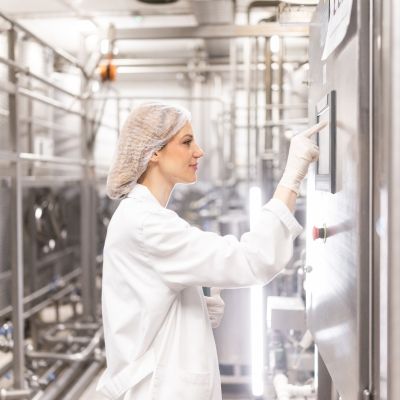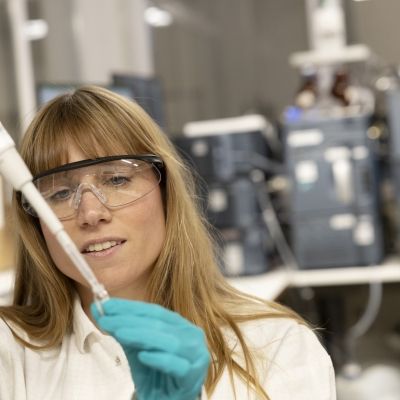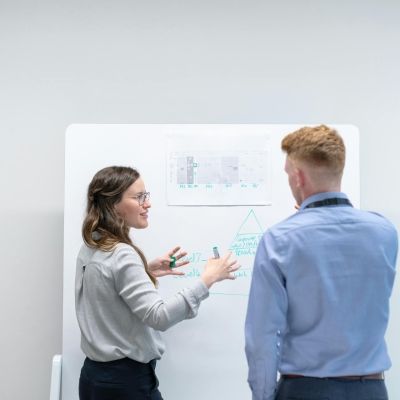PFAS pollution demonstrates importance of thorough and continuous monitoring
VITO plays an important role in the monitoring of PFAS pollution in and around Zwijndrecht. It is thanks to its many years of experience in monitoring the wider PFAS family that VITO was able to proceed immediately to soil, water and blood analyses last spring.
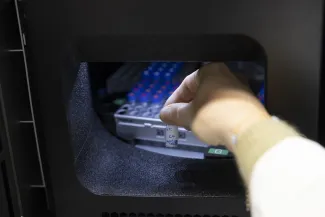
'Forever chemicals'
When it became known in the spring of 2021 that there were unusually high PFOS values in the soil around the 3M factory in Zwijndrecht, few people had heard of this chemical substance. Hardly anyone knew they were part of a very large family known as PFAS, which – since last year – have also been described as forever chemicals. The name shows why many substances in this family are so problematic once they end up in the environment: they are barely degradable, so they remain in the environment for a very long time, where they can build up and lead to negative effects after prolonged exposure.
Need for a range of measurement and analysis methods
VITO has been aware of PFOS and PFAS for a long time. ‘The first assignments leading to the development of a specific methodology for measuring PFAS date from the early 2000s,’ says Griet Jacobs of VITO. ‘That meant
we already had many methods for monitoring PFAS in soil, water, blood and plenty of other matrices when the pollution was announced last year. It was a great advantage that many methods were ready to use. Moreover, some of them had already been comprehensively validated and accredited by the national accreditation body, BELAC (ISO17025).’
The development and validation of the new measurement and analysis methods is dependent upon Flemish environmental legislation. ‘Momentum gained rapidly around PFAS methods in 2015,’ says Jacobs. ‘Back then, there was an initiative to constrain the substances as far as possible, thereby keeping them away from the environment as much as we could, at both a worldwide and European level. Some of the methods we now have were developed then.’
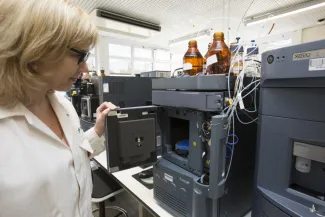
The problem with PFAS is that the family is so large; at present, it comprises around six thousand different substances and these cannot all be measured using one single method. Such a method also depends on the medium in which the substance is being traced. VITO also began aerial measurements in the autumn of 2021. ‘We couldn’t even wait until the methodology for aerial measurements had been fully validated,’ says Jacobs. ‘The urgency demanded faster data. Our approach was able to guarantee the necessary quality of the measurement data, but further validation remains necessary.’
PFAS are most well-known for their applications in coatings for making products resistant to water, grease and dirt, for example. In addition, they are used in innumerable industrial as well as consumer products. In chemical terms, PFAS are practically inert, so they hardly react with other substances. This is partly why they are so persistent in the environment. However, inert does not mean harmless.
Need for more general screening
Exactly what the health effects of PFAS for humans are is not yet entirely clear, but various studies have linked them to harmful effects such as a disrupted hormone balance or an increased risk of cancer. ‘The problem is that many PFAS act upon receptors in our bodies that are linked to vital functions,’ says Stefan Voorspoels of VITO. ‘That can lead to mutually reinforcing effects, so we can’t just downplay low concentrations of a particular PFAS component in the environment. So that means we need to be able to trace them all separately. A huge job given the current state of the technology.’
This is why VITO is conducting research into new methods that can identify various PFAS at the same time, both in soil, water and air and in humans. ‘We want to evolve towards a general screening that provides a meaningful total picture,’ says Voorspoels. ‘To do so, we need to try and detect as many of the six thousand PFAS as we can at the same time. This is possible with methods that map out the total load of PFAS on the one hand, and can also provide detailed information on particular PFAS components that demand special attention on the other. The technology, expertise and ideas for how we can manage this scientifically are ready.’
The more you measure, the more you know, but measurements also costs money. Voorspoels: ‘If we want to know the extent to which certain substances are present in our environment, and how they are distributed, we can’t just base that on literature studies from abroad that we then extrapolate onto Flanders, for example.
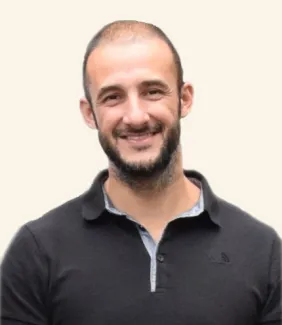
The green evolution - big responsibility for industry
We need to be doing our own continuous and thorough monitoring too, particularly if the pollution is not in the news. This is what the PFAS pollution crisis has now demonstrated.’ But the green evolution is definitely still going on.
‘Industry bears a lot of responsibility too. We are already collaborating with many companies that have developed and rolled out technology to reduce the discharge of harmful substances. We are helping them to monitor the efficiency and performance of their system on the one hand, while tracking down problematic components that they have no knowledge of yet on the other. Sadly, this is not yet standard practice, but we are nonetheless seeing that some companies want to prevent any future problems this way.’
‘VITO develops methods, transfers them to the routine laboratories and monitors the quality of their implementation through the accreditation system. The environmental controlling measurements are not actually carried out by VITO,’ says Voorspoels. ‘It’s ultimately policy that determines everything to be investigated and monitored,’ adds Jacobs.
VITO takes on a proactive role
‘We do more than just hand over the measurement results. If we notice something unusual, we report this and ask the client whether we can investigate it further. That’s our scientific attitude.’ This attitude distinguishes VITO from other labs that routinely enter the market. Voorspoels: ‘We are not bound by a single method and can implement changes quickly if the samples require it. This is far less evident at routine laboratories. It makes us more capable of detecting something unexpected, for example. In addition, we always enter into discussions with the client first and get a sense of their expectations. This proactive attitude can also be useful in our work for the government.’
Network of experts
VITO has also been an advisory member of international organisations and networks of experts such as CEN and the Norman Network for many years. ‘That gives us a good view of what’s going on on the front lines. We hear very quickly which alarming substances we urgently need to pay more attention to, for example,’ says Jacobs. This allows VITO to act decisively in monitoring the Flemish environment and as a partner to companies with green ambitions that want to resolve environmental problems before they arise.
Podcast | PFAS in Flanders
Insight into the impact of PFAS pollution on humans and the environment.
Interview with Flemish PFAS commissioner Karl Vrancken, also research leader circular economy at VITO.




